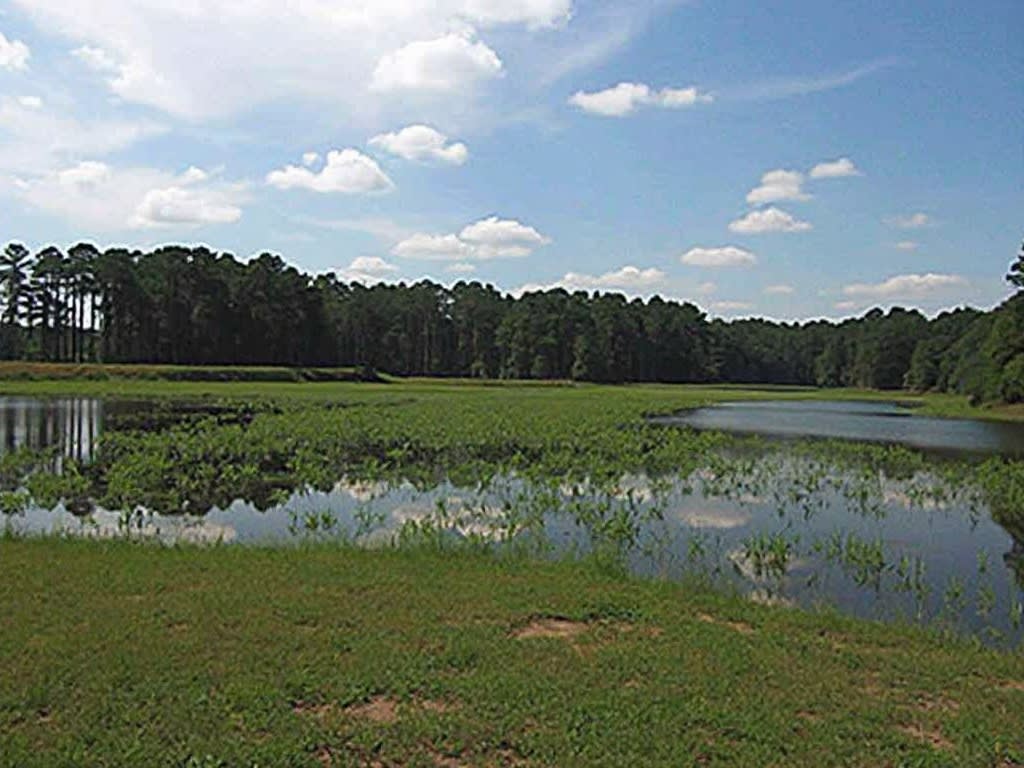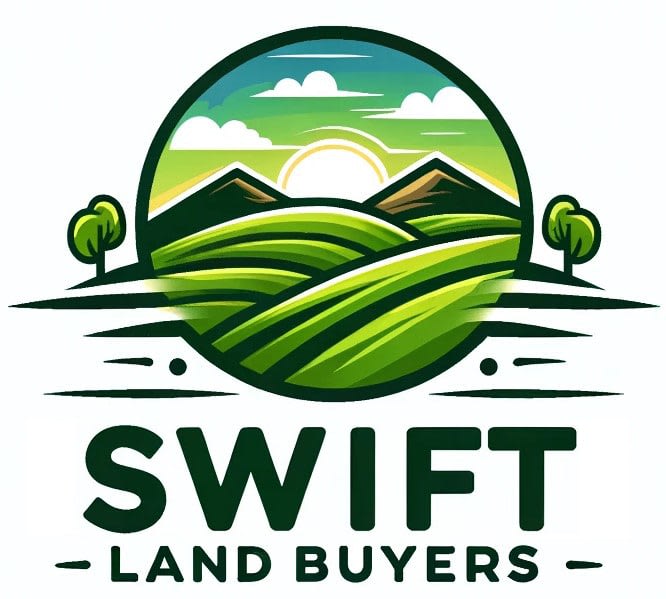North Carolina’s real estate market offers exceptional investment potential, backed by significant population expansion exceeding 11 million residents and steady home value gains of 2.0% year-over-year. Dynamic job growth, especially in tech and healthcare sectors, paired with the flourishing Research Triangle region and Charlotte’s rapid expansion, creates ideal conditions for profitable NC land investment, generating rental returns between 7-12% annually.
Key Takeaways:
- Home values maintain consistent growth with a current average of $327,215, while housing inventory has risen by 21.8% from the previous year
- The Research Triangle area shows remarkable job expansion of 9.5% in 2025, pushing land values up and creating new development prospects
- Rental markets demonstrate strong performance with a 21.5% increase from 2020 to 2023, delivering yields between 7-12% annually
- Charlotte’s metro region has expanded its population by 50% in twenty years, drawing major businesses and young talent
- Tax benefits and development initiatives from the government make investing more attainable for property buyers
North Carolina’s Booming Real Estate Market: A Smart Investment Choice
Market Performance Indicators
North Carolina stands out as a strong real estate investment market backed by solid growth numbers. The state’s population now tops 11 million residents, creating steady demand for housing. Current market statistics paint an encouraging picture for investors:
- Home values average $327,215 with a 2.0% year-over-year increase
- Median sales prices reach $370,000, showing a 3.3% annual growth
- Available housing inventory expanded by 21.8% compared to last year
These figures indicate a balanced market that’s neither overheated nor stagnant. The substantial increase in housing inventory gives buyers more options while maintaining healthy price appreciation. I’ve found that this combination of moderate price growth and improved inventory creates ideal conditions for both short-term gains and long-term investment stability in North Carolina‘s real estate sector.

Prime Investment Locations and Regional Opportunities
Metropolitan Growth Centers
Charlotte’s explosive growth makes it a prime target for land investment, with population surging 50% in twenty years. The metro area continues to attract major corporations and young professionals, driving demand for residential and commercial properties.
Tech Corridors and Market Dynamics
The Research Triangle stands out as North Carolina’s technology powerhouse, with projected job growth of 9.5% in 2025. This surge in employment directly impacts land values across Durham-Chapel Hill and the Morrisville-Cary area.
Here’s what I’m seeing in current market conditions:
- Entry-level property inventory sits at 3.2-3.4 months, showing strong demand
- Luxury segment maintains 7+ months of inventory, suggesting investment opportunities
- Research Triangle land prices show steady appreciation near tech campuses
- Morrisville-Cary corridor offers emerging opportunities as tech firms expand
- Durham-Chapel Hill areas feature mixed-use development potential
The tight inventory in entry-level segments points to solid investment potential, particularly in areas surrounding tech hubs. I’d focus on parcels near planned infrastructure improvements or expanding business districts. The longer luxury segment inventory presents negotiating opportunities for investors looking at high-end development potential.
Rental Market Performance and Returns
Strong Rental Growth Metrics
North Carolina’s rental market demonstrates impressive performance metrics, particularly in the Research Triangle area. Property investors can expect rental yields between 7-12% annually, making it an attractive option compared to other southeastern markets. I’ve found that rent prices have surged significantly, with a 21.5% increase from 2020 to 2023.
Land investment opportunities vary substantially across the state, with prices ranging from $5,000 to $500,000 per acre based on location and development potential. Here are key factors driving rental returns:
- Transit-oriented developments command 15-20% higher rents than comparable properties
- Research Triangle properties consistently deliver above-average rental yields
- Urban and suburban areas show strong tenant demand
- Land appreciation complements rental income streams
- Mixed-use development zones offer enhanced rental potential
These metrics point to North Carolina’s strength as a rental investment market. The combination of reasonable entry prices and strong rental demand creates opportunities for both small and large-scale investors. Strategic positioning near transit hubs or planned development corridors can boost potential returns through higher rental premiums and property appreciation.
Economic Growth and Job Market Strength
Job Market Expansion
North Carolina’s economy continues to surge forward with impressive job growth statistics. The state added 15,000 new jobs in late 2024, strengthening its position as a prime investment location. The unemployment rate stays consistently below the national average, signaling a stable economic environment for property investors.
Key sectors driving this growth include:
- Technology firms expanding operations and creating high-paying positions
- Healthcare facilities increasing their workforce, particularly in research and patient care
- Manufacturing companies establishing new facilities
- Financial services organizations relocating corporate offices
These employment opportunities attract skilled professionals and boost rental demand. The steady influx of workers, particularly in tech and healthcare, creates reliable tenant pools for property investors. With major companies actively recruiting and expanding their presence, the state’s job market stability supports long-term property value appreciation.
Market Accessibility and Affordability
Mortgage Rate Outlook
North Carolina’s real estate market offers strong investment potential with mortgage rates predicted to level out in the mid-5% range by late 2025. This expected stabilization creates a sweet spot for both new and experienced investors to enter the market. I’ve found that timing purchases with rate stabilization can lead to better long-term returns.
Government Support and Incentives
The state’s commitment to affordable housing shines through several key initiatives. Local legislators have backed programs that make property ownership more accessible. These programs benefit investors through:
- Tax breaks for developing affordable housing units
- First-time buyer assistance programs that expand the tenant pool
- Property tax incentives for multi-unit residential developments
- Zoning flexibility in high-growth areas
The state tax structure supports real estate investment with lower property tax rates compared to neighboring states. Construction incentives have spurred development across major cities, creating opportunities for both small and large-scale investors. Local governments actively partner with developers to create mixed-income communities, opening up diverse investment possibilities.
The combination of stabilizing mortgage rates and government backing makes North Carolina an attractive option for property investment. First-time investors can take advantage of buyer assistance programs, while experienced investors benefit from development incentives. State policies actively encourage property investment through reduced tax burdens and construction support.
Investment Strategies and Market Navigation
Strategic Market Selection
North Carolina’s diverse real estate landscape offers distinct opportunities across urban, suburban, and rural areas. I’ve noticed emerging markets like Johnston and Chatham counties showing particular promise for investors. These areas combine the benefits of proximity to major cities while maintaining lower entry costs.
Here are key factors I consider essential for successful land investment in North Carolina:
- Urban Markets: Higher entry costs but strong appreciation potential, particularly in Charlotte and Raleigh-Durham areas
- Suburban Growth: Focus on counties like Johnston, where population growth drives demand and infrastructure development pushes property values up
- Rural Opportunities: Large acreage at lower per-acre costs, ideal for long-term appreciation or agricultural use
- Price Point Strategy: Buy in developing areas before major infrastructure announcements
The suburban markets currently present the sweet spot between affordability and growth potential. I find Johnston County particularly attractive due to its strategic location near Raleigh and ongoing development projects. For maximum return potential, I recommend targeting land parcels near planned infrastructure improvements or rezoning areas in the best counties.
Chatham County offers similar advantages with its position between major employment centers. The key is identifying properties that balance current market value with future development potential while staying within budget constraints. Investors should consider current land market trends when making purchasing decisions.

